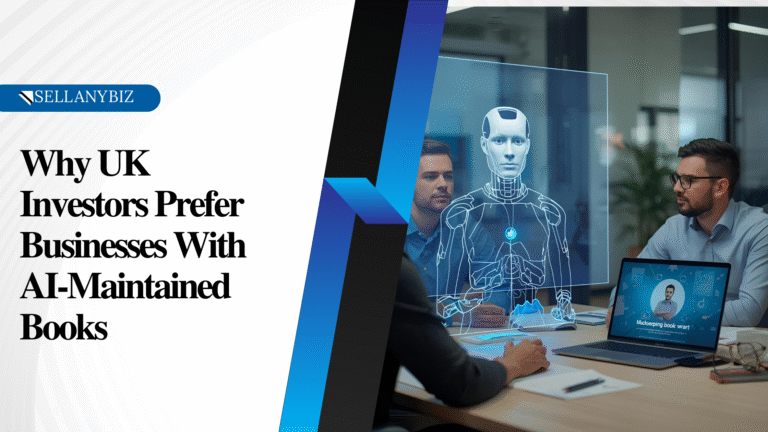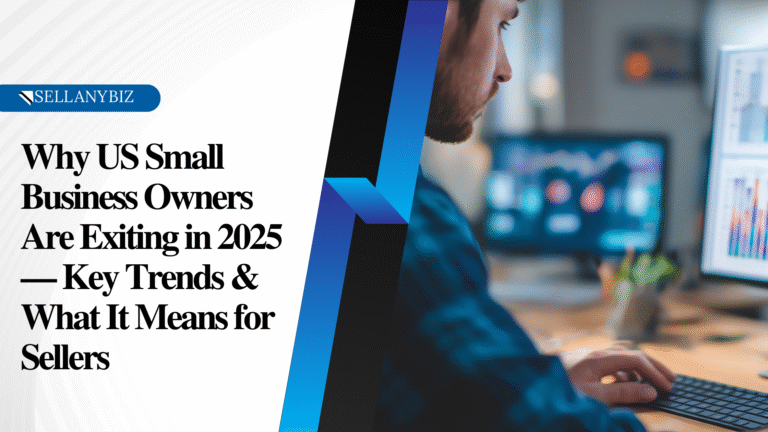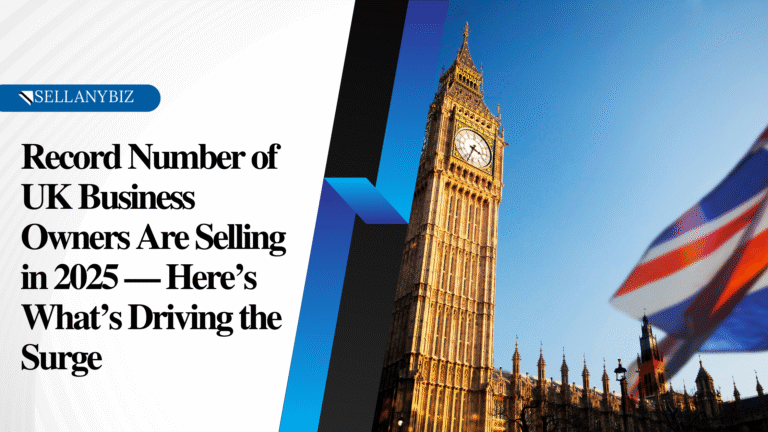You’ve dedicated years to building a successful, stable, UK business. When it comes time to sell, your valuation shouldn’t be a shot in the dark—it should be a clear reflection of your hard work and future potential. Sadly, many SME owners leave significant money on the table simply because they don’t understand how professional buyers calculate value.
As experienced advisors at SellAnyBiz, we’ve guided countless UK business owners through this exact process, ensuring they achieve their ideal exit value. This guide breaks down the essential business valuation methods used for UK SMEs, from EBITDA multiples to Asset-Based approaches, and gives you critical steps to maximize your sale price.
1. The Core Metric: Understanding Adjusted EBITDA
For profitable, traditional businesses, the valuation conversation starts with a single metric: EBITDA (Earnings Before Interest, Taxes, Depreciation, and Amortisation). This figure is the gold standard because it acts as a clear proxy for a company’s operational cash flow, stripping away non-operating variables like financing choices and tax rates.
However, the number on your P&L statement isn’t the final one. Buyers will focus on Adjusted EBITDA—a process often called applying ‘add-backs’ or Normalisation. This involves adding back or removing non-recurring, one-off, or discretionary expenses that a new owner wouldn’t incur. Common examples for an SME owner include: excessive owner salary/pensions, one-off legal fees, or non-recurring personal expenses paid through the business. Buyers use this Normalised profit figure as the foundation of their offer.
2. The Formula: Applying the EBITDA Multiple
Once the Adjusted EBITDA is set, the basic valuation formula is simple: Value = Adjusted EBITDA x Multiple.
The Multiple is a market-driven number, typically falling between 3x and 6x for most traditional Non-Tech UK Business Sales, but it is highly variable. This multiple is the buyer’s assessment of your risk and growth potential. Factors that can significantly influence this figure include:
- Positive Influences (Higher Multiple): A high percentage of recurring revenue, the presence of a strong second-tier management team, and low reliance on any single client.
- Negative Influences (Lower Multiple): Owner dependency, unstable profitability, or high capital expenditure requirements.
3. SellAnyBiz Insights: The Value of Preparation
At SellAnyBiz, we consistently see that the difference between a high and low offer often boils down to preparation. We don’t just present your accounts; we work with you to justify the value.
For example, we helped a non-tech manufacturer secure an additional £500k by meticulously proving the defensibility of their Adjusted EBITDA through rigorous pre-sale due diligence—a core part of our UK M&A Prep. Our focus is always on highlighting the value buyers pay a premium for: sustainable, de-risked earnings. This proactive approach shifts the negotiation firmly in your favour.
For businesses that are particularly asset-rich (e.g., in manufacturing or transportation), buyers will also use the Asset-Based Approach—focusing on the Net Asset Value (Assets minus Liabilities). This acts as a crucial baseline, ensuring the buyer is acquiring enough tangible worth to justify the price.
4. 3 Critical Steps to Maximize Your Sale Price
To ensure your business attracts the highest multiple and the best offer, implement these steps well before you go to market:
- Clean Your House: Perform a Pre-Sale Financial Due Diligence. Get your management accounts audited and reconciled six months prior to sale. Ensure all owner “add-backs” are clearly documented and defensible. A clean, transparent balance sheet inspires confidence and reduces deal risk.
- De-Risk the Key Person: Reduce your reliance on the owner-manager. Embed a strong, capable second-tier management team that can run the business without you. Key Person Risk severely discounts your value.
- Future-Proof Your Revenue: Wherever possible, actively shift from one-off projects to recurring revenue contracts (e.g., annual service agreements or monthly subscriptions). Predictable income is the single greatest driver of a high multiple.
5. Conclusion and Next Steps
Knowing your true value—and being able to defend your Adjusted EBITDA—is your greatest negotiation tool. Don’t start the sale process without an expert valuation. Contact SellAnyBiz today for a confidential discussion on securing your maximum exit value.























